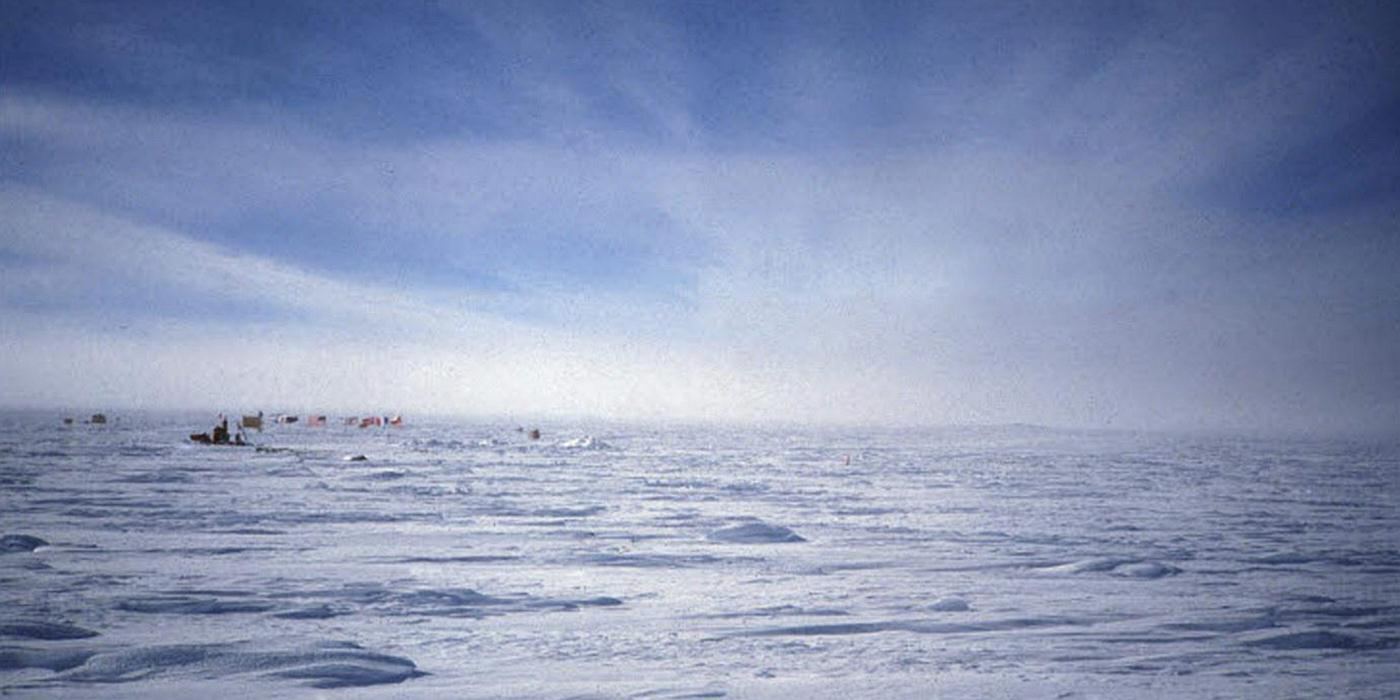This article is an excerpt from Chapter one in my new book The Chicken Little Agenda – Debunking Experts’ Lies. You can find out more about the book here, and can order the book from this link. This is the first of eleven parts for Chapter one that will be presented here sequentially.
Chapter 1
The Green Revolution
It is Tuesday, June 23, 1999. Capt. Joseph Hazelwood dons apron and gloves at the Bean’s Cafe soup kitchen in Anchorage, Alaska. He works silently emptying lettuce into a container as part of his 1,000-hour community service sentence. Monday he loaded a truck with abandoned auto parts and assorted junk thrown along Anchorage roadways. He has a month to go, working off 200 hours of his sentence, one month a year for five years. By the end of his sentence he will be fifty-eight.
It began more than ten years earlier, at 9:12 in the evening on Thursday, March 23, 1989. Harbor Pilot William Murphy “had the conn” of the Exxon Valdez as she departed the Trans Alaska Pipeline terminal. With the help of a harbor tug, he guided her safely through the Valdez Narrows seven miles out. By 11:25 Murphy had yielded the conn to Captain Hazelwood and departed the ship. Hazelwood reported this fact to Vehicle Traffic Center and also reported the presence of many burgy bits—small icebergs from nearby Columbia Glacier—in the shipping channel. To avoid problems with the ice, he obtained permission to divert his track from the normal outbound channel across the separation zone into the inbound channel, and then he turned the bridge over to Third Mate Gregory Cousins. Before leaving the bridge, Captain Hazelwood instructed Cousins on exactly when to return the ship to its designated outbound shipping lane. The time was about five minutes to midnight.
Good Friday was just a few minutes old when Third Mate Cousins plotted a fix and determined that he should bring the Exxon Valdez back on track. About the same time, Lookout Maureen Jones reported that Bligh Reef light had appeared broad off the starboard bow. It should have been off the port bow; Cousins ordered a sharp right turn. Unfortunately, the Exxon Valdez was not yet up to normal cruising speed. She was sluggish in responding to Cousins’ turn order. He was reporting the dire situation to Captain Hazelwood over the bridge telephone when the Exxon Valdez came to a jolting, grinding stop, hard aground atop a pinnacle at the edge of Bligh Reef. Eight of her eleven cargo tanks had been ripped open. The wind was blowing from the north at ten knots; it was just above freezing with a slight drizzle of rain and snow. Visibility was ten miles. Three hours and fifteen minutes later, 5.8 million gallons of crude oil had washed into Prince William Sound.
According to authorities, the final toll in southeast Alaska was 1,300 miles of beaches fouled by 10.8 million gallons of crude oil. Workers counted more than 35,000 dead birds and 1,000 dead sea otters after the spill, but since most carcasses sink, this is considered to be a small fraction of the actual death toll. The best estimates are: 250,000 seabirds, 2,800 sea otters, 300 harbor seals, 250 bald eagles, up to 22 killer whales, and billions of salmon and herring eggs.
A federal jury has slapped Captain Hazelwood and Exxon with civil penalties of close to a billion dollars for their alleged part in the Prince William Sound oil spill. Although Captain Hazelwood was charged with three counts of felony criminal mischief, and misdemeanor charges of operating a vessel while intoxicated, reckless endangerment, and negligent discharge of oil, he was convicted only of negligent discharge of oil, which normally would receive no sentence. In an apparent reaction to public outcry, Captain Hazelwood was awarded 1,000 hours of community service over a five-year period.
On October 9, 1991, the U.S. District Court approved the settlement among the State of Alaska, the United States government, and Exxon. The settlement resolved various criminal charges against Exxon as well as civil claims brought by both federal and state governments for recovery of natural resource damages.
Exxon received the largest fine ever imposed for an environmental crime: $150 million. Recognizing Exxon’s heroic actions in cleaning up the spill and its voluntary payment of certain private claims, the court forgave $125 million of that fine. Exxon paid $12 million to the North American Wetlands Conservation Fund and $13 million to the national Victims of Crime Fund. Exxon also agreed to pay $100 million as restitution for the injuries caused to the fish, wildlife, and lands of the spill region. Finally, Exxon agreed to pay another $900 million over a ten-year period. This settlement contains a provision allowing the governments to claim as much as $100 million more to restore damaged resources, where that damage could not have been anticipated from data then available.
(Part 2 of 11 follows)
© 2006 – Robert G. Williscroft





Sorry, comments are closed for this post.